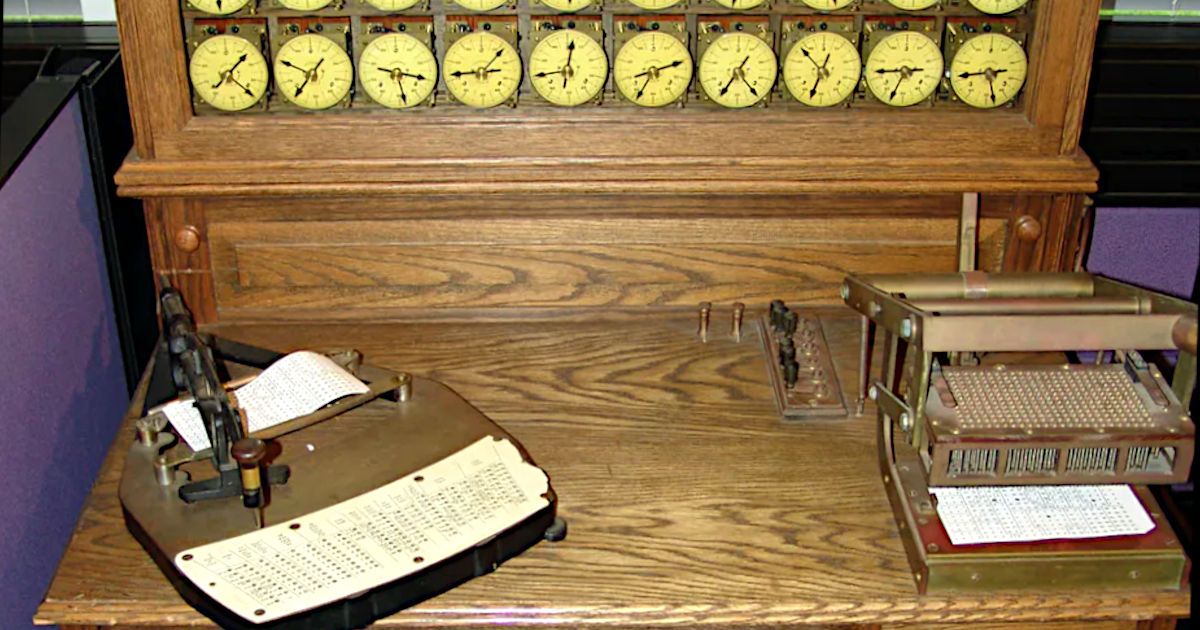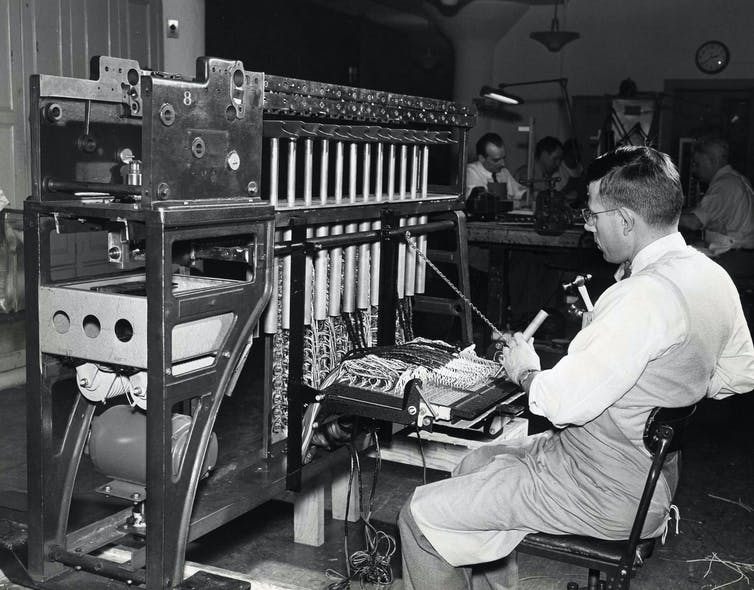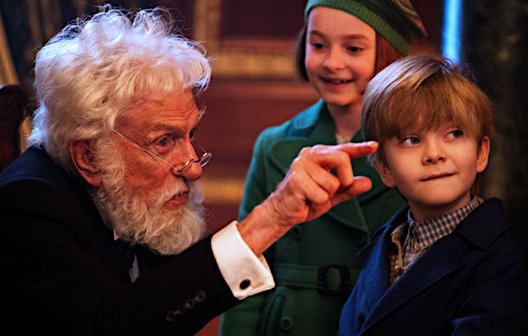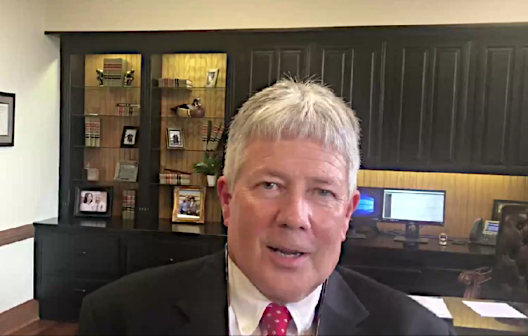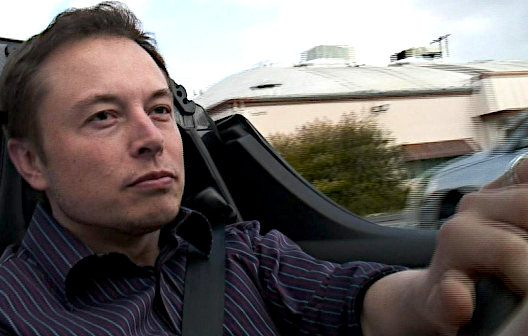Voyager Digital Partners with CoinLedger to Streamline and Simplify Crypto Tax Reporting
Research, News, and Market Data on Voyager Digital
Leading Crypto and Tax Platforms Integrate to Give Users Ability to Track Cost Basis and Report Taxes
Voyager Digital Ltd. (“Voyager” or the “Company”) (TSX: VOYG; OTCQX: VYGVF; FRA: UCD2) one of the fastest-growing, publicly traded cryptocurrency platforms in the United States, today announced it is partnering with CoinLedger (a rebranding of CryptoTrader.Tax) to facilitate capital gains, losses, and income tax reporting for users.
“We are excited to join forces with the CoinLedger team and be at the forefront of the evolving crypto landscape by bringing a more simplified cryptocurrency tax reporting experience to all Voyager customers. This is one of several initiatives we are rolling out as we continue to stay focused on adding value to the Voyager user ecosystem,” said Steve Ehrlich, CEO and co-founder of Voyager.
The interoperable nature of cryptocurrencies and digital assets, with transfers into and out of platforms such as Voyager, can create tax challenges for users, especially when it comes to tracking cost basis—which is necessary for capital gains tax reporting. CoinLedger, a leading tax-reporting platform for cryptocurrency, DeFi, and NFT users, addresses this by integrating directly with leading exchanges, wallets, and blockchains to allow any cryptocurrency user to track their digital-asset transaction history across the crypto-economy.
Voyager customers will be able to use the CoinLedger platform as early as the upcoming 2021 tax year to import their cryptocurrency transactions and get capital gains, losses, and income reports. These reports can be imported into tax filing software such as TurboTax or sent off to tax professionals to facilitate easier tax filing.
“Voyager is forward-thinking when it comes to user experience,” said David Kemmerer, CEO and co-founder of CoinLedger. “Early on, the Voyager team realized that relying solely on blanket Form 1099 information reporting may not be sufficient to help customers report and file their crypto taxes. We’re excited to bring CoinLedger’s tax reporting solutions to the Voyager ecosystem and further enhance the user experience of the platform by making tracking and filing taxes easier for its customers.”
About Voyager Digital Ltd.
Voyager Digital Ltd. (TSX: VOYG; OTCQX: VYGVF; FRA: UCD2) is a fast-growing, publicly traded cryptocurrency platform in the United States founded in 2018 to bring choice, transparency, and cost efficiency to the marketplace. Voyager offers a secure way to trade over 65 different crypto assets using its easy-to-use mobile application, and earn rewards up to 12 percent annually on more than 30 cryptocurrencies. Through its subsidiary Coinify ApS, Voyager provides crypto payment solutions for both consumers and merchants around the globe. To learn more about the company, please visit https://www.investvoyager.com.
About CoinLedger
CoinLedger (a rebranding of CryptoTrader.Tax) enables seamless portfolio tracking and tax reporting for participants of the digital asset economy. Founded in 2017, CoinLedger was built to reduce the friction of participating in the cryptocurrency ecosystem by making tax reporting as simple as possible. By directly integrating with major exchanges, wallets, blockchains, and NFT platforms, CoinLedger provides a unified dashboard for users to track and monitor their cryptocurrency activity. Whether you’re trading cryptocurrencies, buying and selling NFTs, or staking on DeFi protocols, CoinLedger makes tracking your portfolio and reporting your taxes more straightforward than ever. For more information, visit https://cryptotrader.tax/world-meet-coinledger.
The TSX has not approved or disapproved of the information contained herein.
SOURCE Voyager Digital, Ltd.
Press Contacts
Voyager Digital, Ltd.
Michael Legg
Chief Communications Officer
(212) 547-8807
mlegg@investvoyager.com
Voyager Public Relations Team
pr@investvoyager.com
CoinLedger
Amy Camp
CoinLedger Communications
202-270-1783
Amy@CoinLedger.io





